The NYC Subway Still Runs on 1930s Technology, Pen and Paper
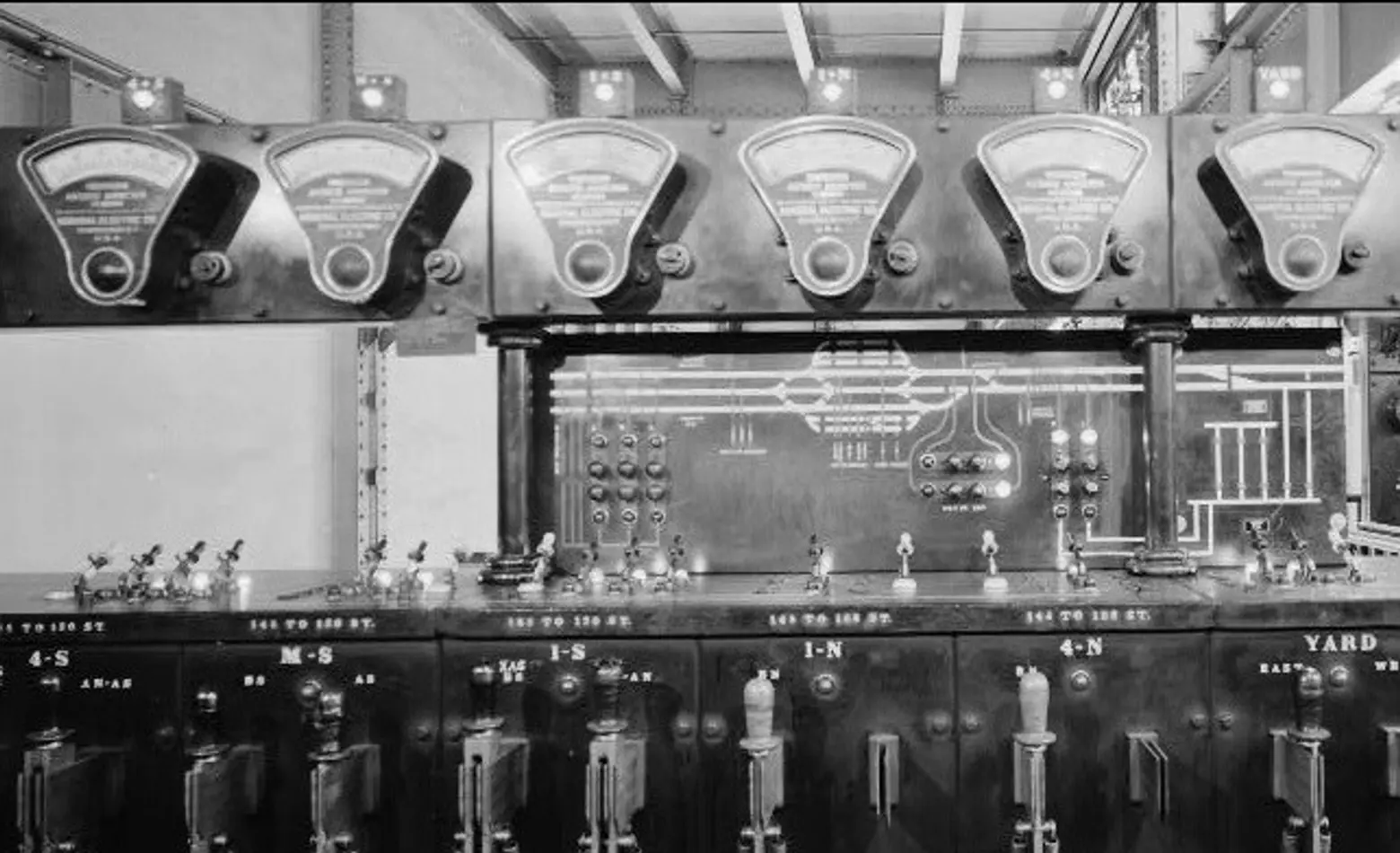
Most of our commutes are rife with subway delays, over-crowding and shutdowns, and while you can credit some of those to the sick passengers (and a handful of dizzy dieters), a lot of the blame falls on the fact that our subway still runs on an antiquated system built in the 1930s. Transit authorities are only now beginning to replace the eight-decade-old system, which still uses—wait for it—pencil and paper to track train progress. The update is a long overdue one, yes, but don’t expect your commute to get any more comfortable in the near future. With 700 miles of track to cover, the time estimated to make the switch won’t be much of a boon for us six million riders now boarding daily.
Currently, only the L Train runs on a computerized system using automated signals that allow trains to travel closer together—and, in turn, carry almost twice as many passengers over the course of an hour. The city’s 11 other lines still rely on 24-hour underground “towers” where live dispatchers monitor train locations and movement via light boards and two-way radio reports. What’s used in these stations is said to have been “cutting-edge technology at the same time as the Hindenburg airship.” The MTA reports that getting these older trains up to speed with the L is expected to take at least 20 years.
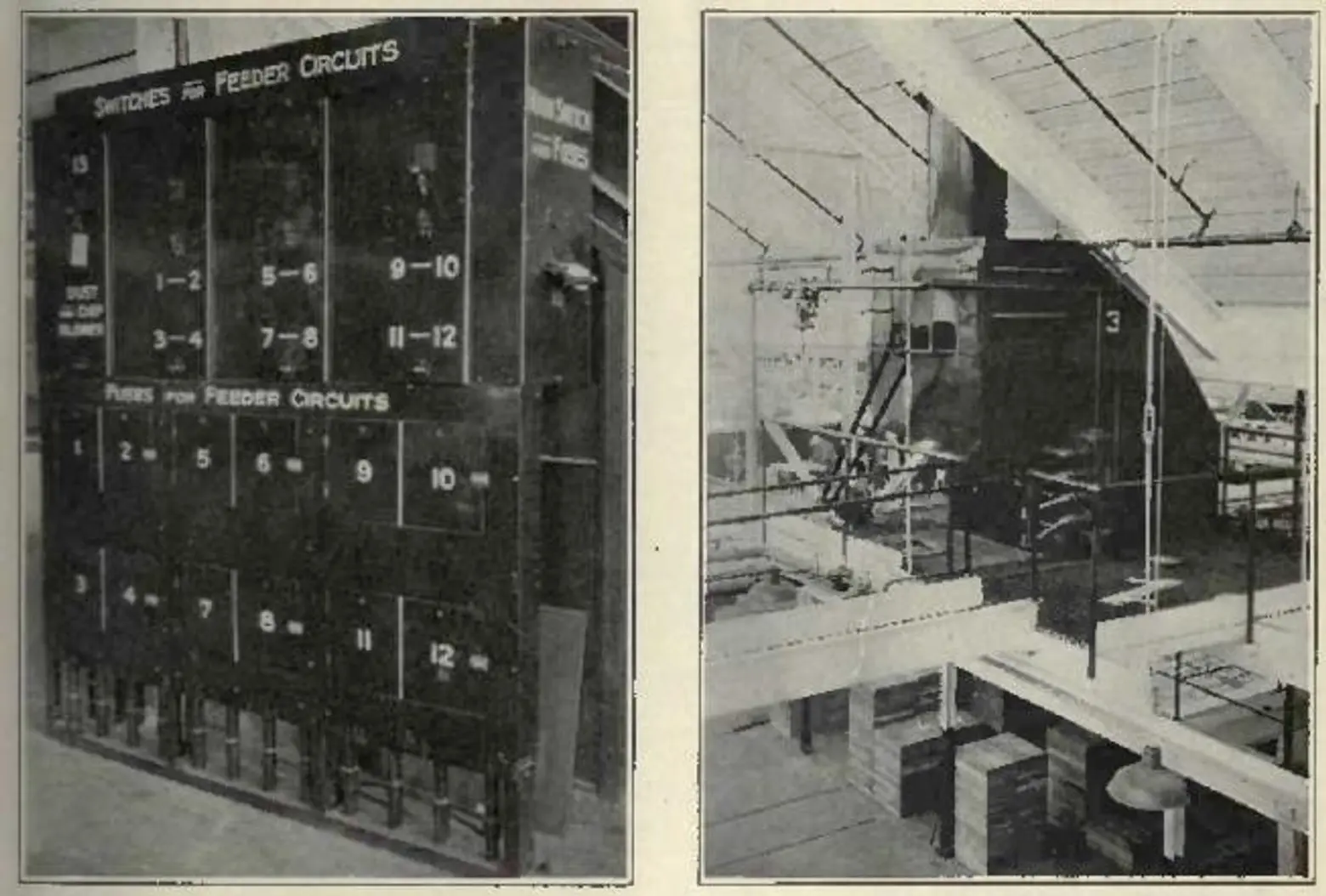 1930s equipment is kept running by a maintenance team that is often required to fabricate replacement parts that have long been out of production.
1930s equipment is kept running by a maintenance team that is often required to fabricate replacement parts that have long been out of production.
“We’re at the physical limits of what the original technology can carry,” said Adam Lisberg, spokesman for the Metropolitan Transportation Authority, to an AP reporter. “This stuff is old, but it works—it works really well,” he added, referring to the overall safety of the lines.
It will cost up to $250 million to convert each control tower and link it to tracks and switches. The work is included in the MTA’s five-year capital program, which uses city, state and federal money but has a $15 billion funding gap. First in line to get an update is the 7 train. Works have already begun, but won’t be completed until 2017.
[Via ABC News]
Images via NYCSubway.org and Wiki Commons
Get Inspired by NYC.
Leave a reply
Your email address will not be published.
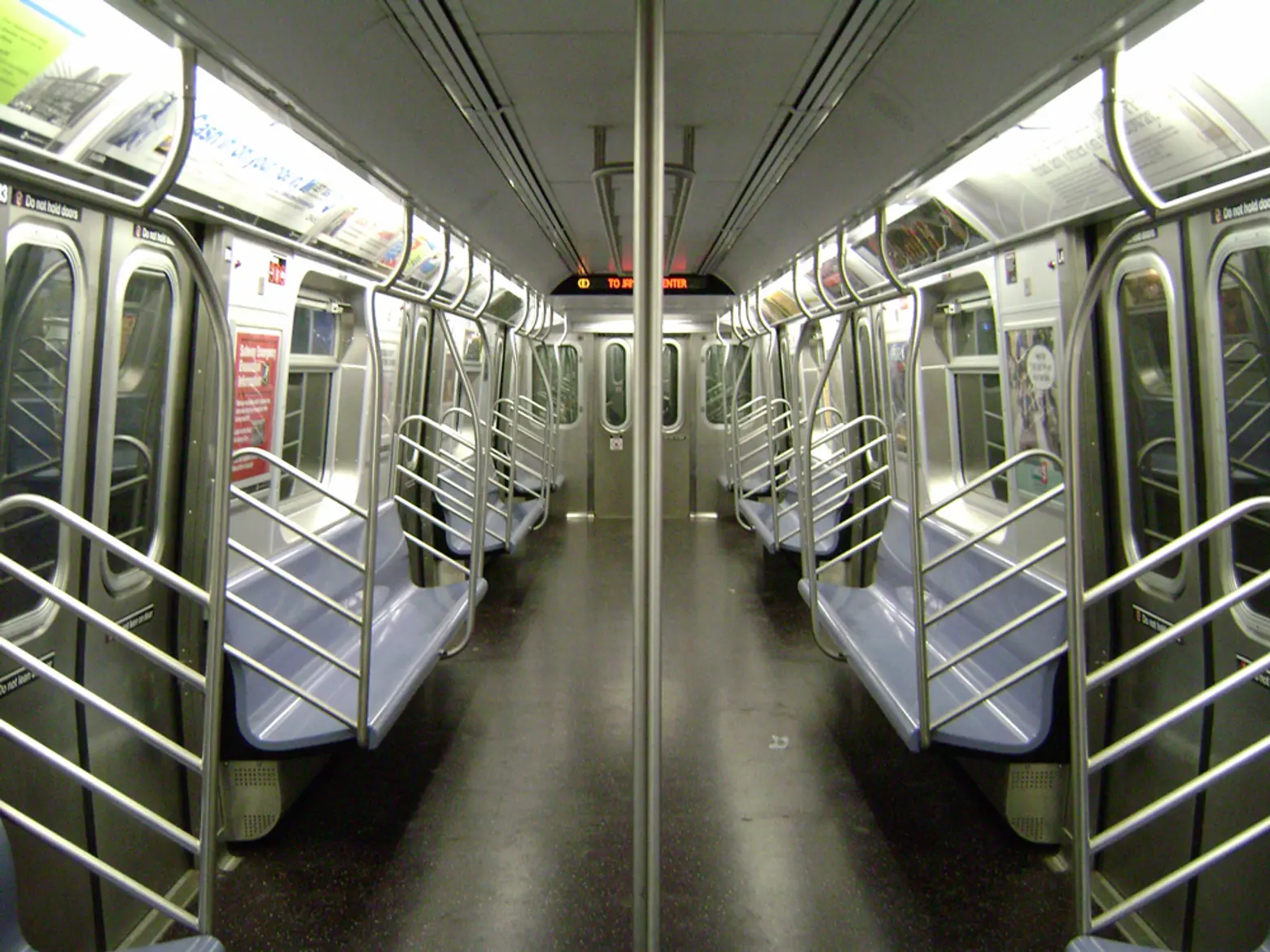
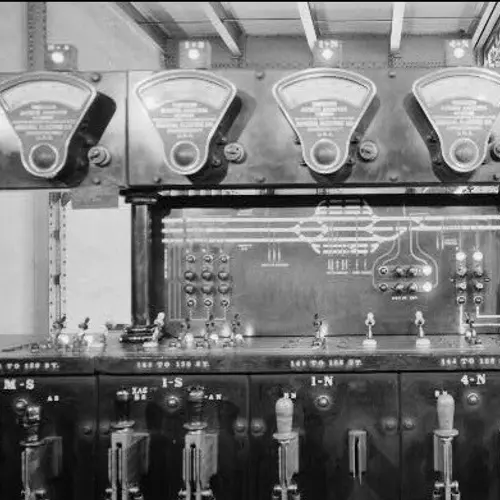
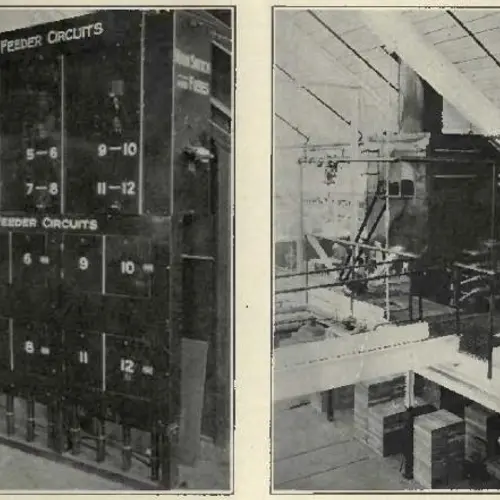
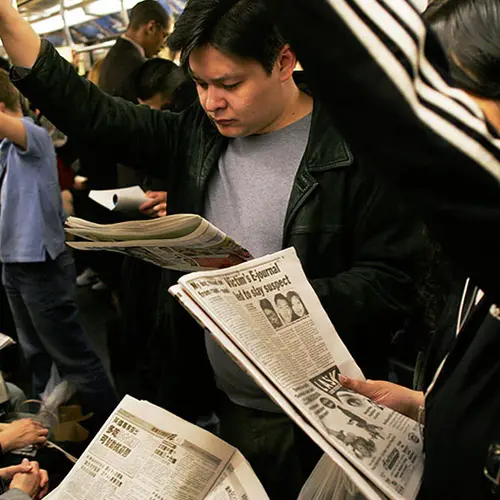



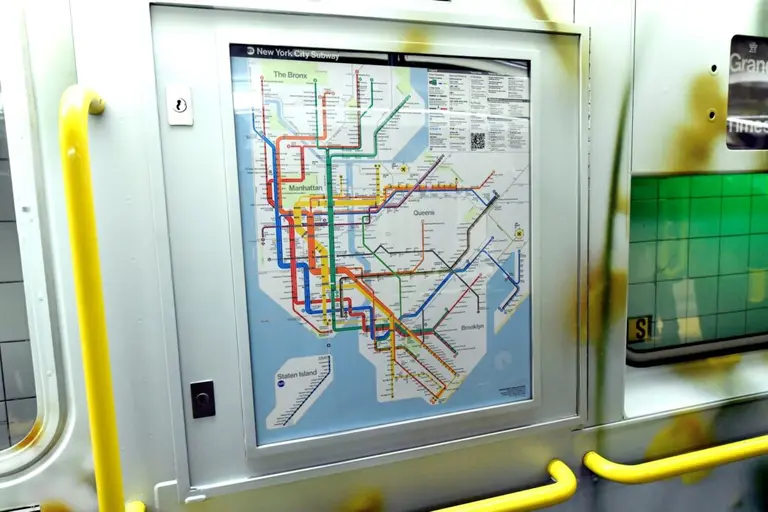























I’m grateful for a technology that’s served this NYC resident, his parents and grandparents with safety and speed for almost a century.
Even the stuff that is “new” still uses relays for vital logic. As of 2012 there was only one microprocessor controlled interlocking on the entire system and that includes the CBTC on the L (I have a private video of a tower operator sitting in the 14th St relay room manually routing trains after the computer CTC system broke down).
The IRT trunk lines overlayed computer control onto the 1950’s and 1960’s NX panels which still have operators on hand in case the system goes off script.
Anyway, before you dis relay logic remember that it’s lasted 80 years and is commodity hardware available from multiple vendors. “Solid State” interlocking equipment is all proprietary and designed to last 20 years. Dew the math.